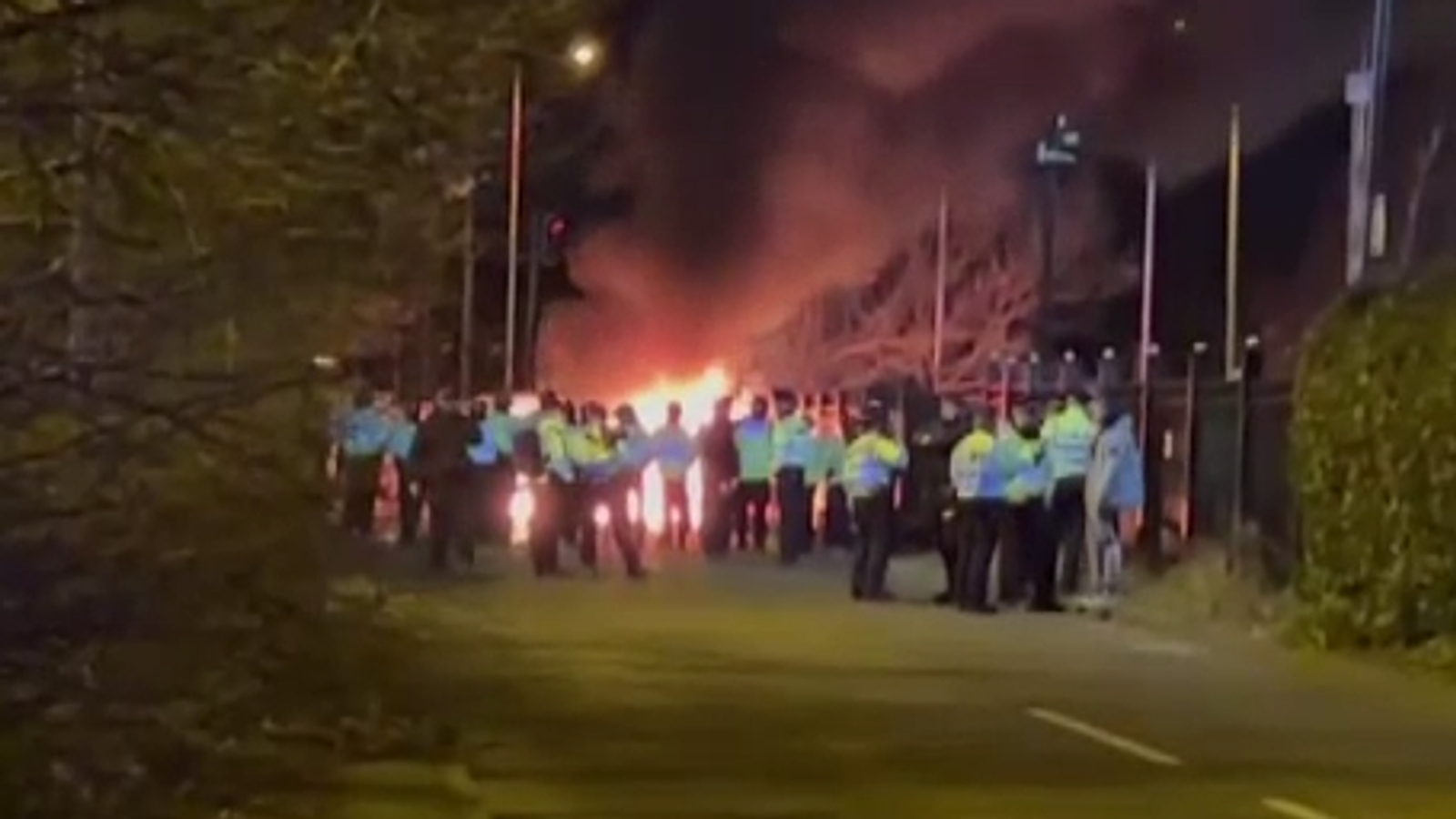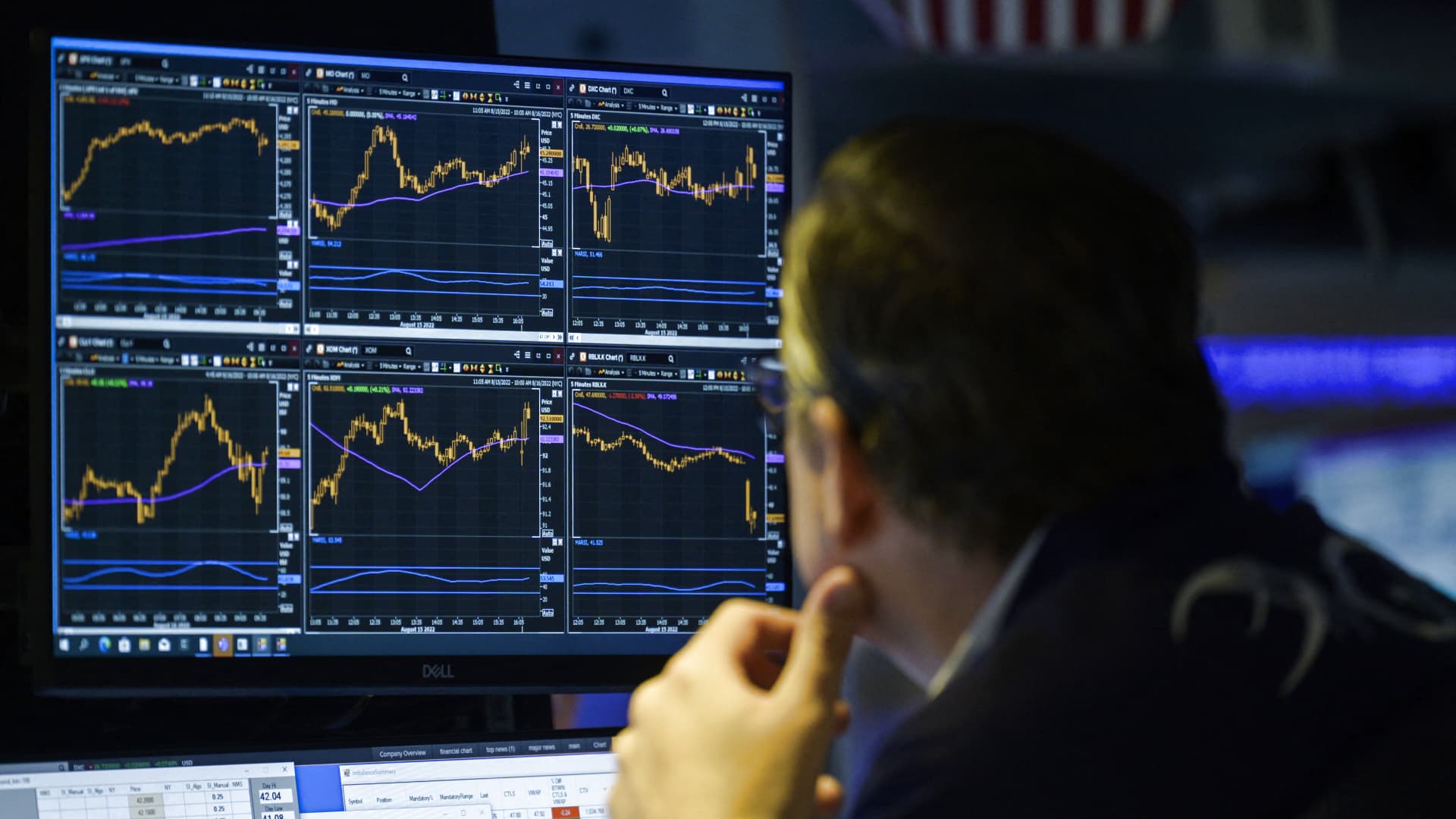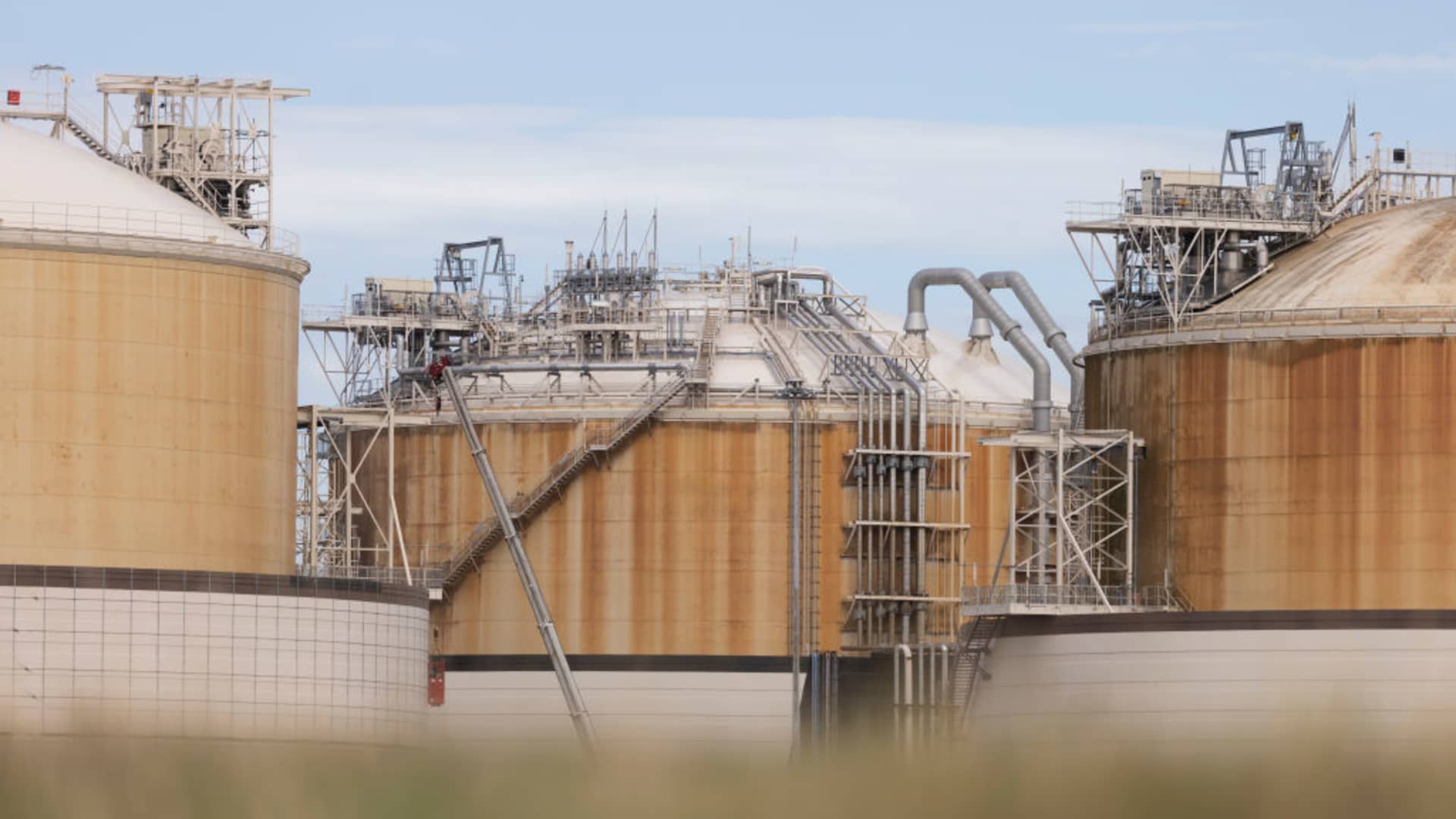Germany’s natural gas storage facilities surpassed a fill level of more than 75% this month, two weeks ahead of schedule, as Europe’s largest economy scrambles to prepare for the coming winter.
The latest data compiled by industry group Gas Infrastructure Europe shows Germany’s gas storage facilities at slightly over 77% full.
Chancellor Olaf Scholz’s government initially planned for gas storage levels to reach 75% by Sept. 1. The next federally mandated targets are 85% by Oct. 1 and 95% by Nov. 1.
European governments are racing to fill underground storage facilities with natural gas supplies in order to have enough fuel to keep homes warm during the coming months.
Russia has drastically reduced natural gas supplies to Europe in recent weeks, with flows via the Nord Stream 1 pipeline to Germany currently operating at just 20% of agreed upon volume.
Moscow blames faulty and delayed equipment. Germany, however, considers the supply cut to be a political maneuver designed to sow European uncertainty and boost energy prices amid the Kremlin’s onslaught against Ukraine.
Even if Germany gets through the winter, the problem might come in spring next year, so the uncertainty is there and companies are concerned.Marcel FratzscherPresident of DIW
“Germany developed a business model that was largely based on dependence on cheap Russian gas and thus also a dependence on a president who disregards international law [and] to whom liberal democracy and its values are declared enemies,” Economy Minister Robert Habeck said at a press conference on Monday, according to a translation. “This model has failed, and it is not coming back.”
His comments came as Germany’s gas market operator, Trading Hub Europe, announced that households nationwide would have to pay almost 500 euros ($507.3) more per year for gas.
The new tax is designed to help utilities cover the cost of replacing Russian supplies, though Germany’s government has faced calls to provide further relief for the public.
“All measures, and this is undisputed, have a price,” Habeck said. “All measures have consequences and some of them are also impositions, but they lead to us being less susceptible to blackmail and us being able to decide on our energy supply independently of Russia.”
‘Uncertainty is poison’
Europe’s race to save enough gas to get through the colder months comes at a time of skyrocketing prices. The surge in energy costs is driving up household bills, pushing inflation to its highest level in decades and squeezing people’s spending power.
Germany, until recently, bought more than half of its gas from Russia. And the government is now battling to shore up winter gas supplies amid fears Moscow could soon turn off the taps completely.
“I think the chances are quite good that Germany will get to 90% storage capacity by the beginning of winter, but that still is not sufficient to really avoid a gas shortage,” Marcel Fratzscher, president of the German Institute for Economic Research (DIW), told CNBC’s “Squawk Box Europe” on Tuesday.
“Even if Germany gets through the winter, the problem might come in spring next year, so the uncertainty is there and companies are concerned,” Fratzscher said.
“The uncertainty is poison for the economy. Companies investing less, consumers consuming less — and so the result is that we are seeing a massive slowdown of the German economy,” he added.
‘Gas storage isn’t enough’
Analysts told CNBC that Germany has been able to rapidly fill its gas stocks in recent weeks because of a number of factors. These include strong supply from Norway and other European countries, falling demand amid soaring energy prices, businesses switching from gas to other types of fuel, and the government providing more than 15 billion euros in credit lines to replenish storage facilities.
“If you spend a lot of money then it is relatively straightforward to fill the storage of course,” Andreas Schroeder, head of energy analytics at ICIS, a commodity intelligence service, told CNBC via telephone.
If the German government “wants to see this as a success, then fine. We will see,” Schroeder said. “But Germany is still not faring better than other countries, like France or Italy. They have filled their storage more without paying the huge subsidies.”
One reason Germany has found itself with a “strategic disadvantage” compared with other major European economies, Schroeder said, is that Germany’s gas storage had previously been partly owned by Gazprom-controlled facilities.
This was the case with Germany’s huge Rehden storage facility, for example, a site critical to the country’s energy security.
“In other countries, [such as] France and Italy, you didn’t have this problem at the outset,” Schroeder said, adding that he remains skeptical about whether Germany will be able to reach the “quite ambitious” 95% storage level target by November.
“Gas storage is not enough. You need demand reductions as well,” Schroeder said.
The European Union agreed last month to reduce natural gas use to offset the prospect of further Russian supply cuts. The draft law is designed to lower demand for gas by 15% from August through to March with voluntary steps.
Mandatory cuts would be triggered for the 27-nation bloc if there aren’t enough savings, however.
What about other EU countries?
Zongqiang Luo, gas analyst at energy consultancy Rystad Energy, told CNBC that Germany’s position as the biggest consumer of natural gas in Europe means it is tricky to compare Berlin’s storage levels to other European countries.
Luo said only France, Spain and Italy were comparable in terms of the scale of their gas consumption, but France’s reliance on nuclear production for power generation, Spain’s use of LNG import terminals and Spain and Italy’s reliance on Algerian gas exports mean they all differ from Germany.
France’s gas storage facilities were last seen at nearly 87% full, according to GIE, while Spain and Italy’s gas stocks stood at roughly 81% and 77%, respectively.
“So, I will say compared to Germany’s storage plan with these three countries, Italy, France and Spain, I will say that so far Germany has done a good job,” Luo said.
“But let’s see how they are going to fulfill the target for the next two months,” he said. “This will be very, very critical for the coming winter.”



